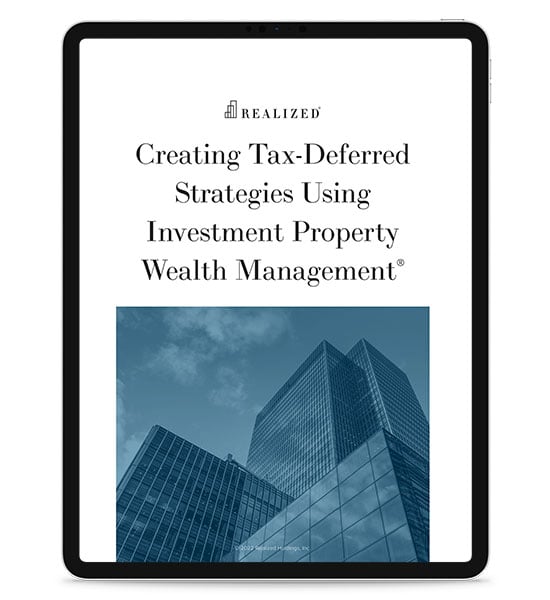
Taxpayers who sold capital assets (i.e., property) will use Schedule D and maybe Form 4797 when filing their tax returns. Which form you use depends on the asset being used for personal or business use. In this article, we’ll go over these two tax documents and look at their differences.
Schedule D
Schedule D is used to report capital gains or losses on the sale or trade of property. Property can include a number of types of capital assets:
- Home
- Automobile
- Cryptocurrency
- Stocks and bonds
- Artwork
- Collectibles
Schedule D is for reporting both long-term (held over one year) and short-term (held for a year or less) gains.
It’s common to file Form 8949 with Schedule D. Form 8949 is a worksheet for all of the various assets that were sold. Form 8949 is titled Sales and Other Dispositions of Capital Assets.
There are two parts on Form 8949 for short and long-term assets. The totals from each section are transferred to Schedule D.
Form 4797
This form is used for the sale or transfer of property used for business purposes. Gains from the sale are reported on Form 4797. Specifically for real estate investors, this would include any rental property sales.
If you work from home and sell your primary residence, Form 4797 is not needed. The sale of a primary residence falls under the capital gains exclusion.
Form 4797 consists of two pages and four parts:
Part I — Sales or Exchanges of Property Used in a Trade or Business and Involuntary Conversions From Other Than Casualty or Theft—Most Property Held More Than 1 Year. Properties sold are listed in this section, along with any depreciation. The small worksheet area on the form is used to calculate a gain or loss. Any long-term capital gains in this section are transferred to Schedule D.
Part II — Ordinary Gains and Losses. This section is for property held for a year or less.
Part III — Gain From Disposition of Property Under Sections 1245, 1250, 1252, 1254, and 1255. This section is used to calculate the gain on specific types of properties as listed in the section title.
Part IV — Recapture Amounts Under Sections 179 and 280F(b)(2) When Business Use Drops to 50% or Less. This is the shortest section on Form 4797. It is self-explanatory and only applies to property types for Sections 179 and 280F(b)(2).
Schedule D Vs. Form 4797
From the above two sections, it may seem as though these forms are reporting the same thing. Both are reporting gains or losses on the sale of property. However, a very distinct difference is that Schedule D is for gains/losses on personal property, while Form 4797 is for property used for business purposes.
If some property were used for personal and business use, both Schedule D and Form 4797 would be used with proper allocations given to personal and business use.
This material is for general information and educational purposes only. Information is based on data gathered from what we believe are reliable sources. It is not guaranteed as to accuracy, does not purport to be complete and is not intended to be used as a primary basis for investment decisions. Realized does not provide tax or legal advice. This material is not a substitute for seeking the advice of a qualified professional for your individual situation. Examples shown are hypothetical and for illustrative purposes only.



